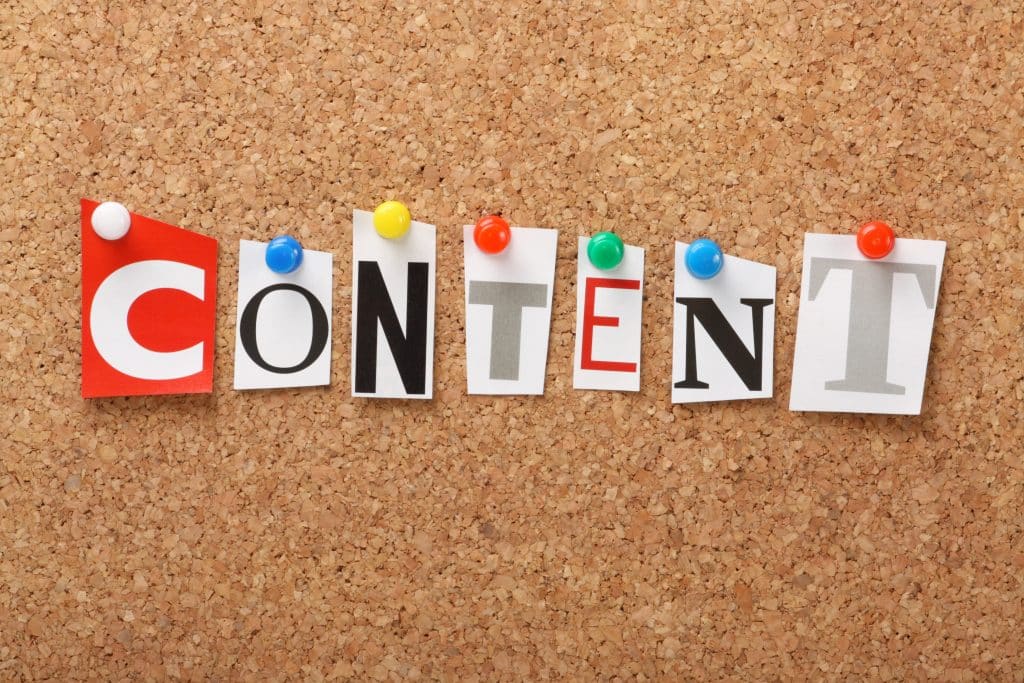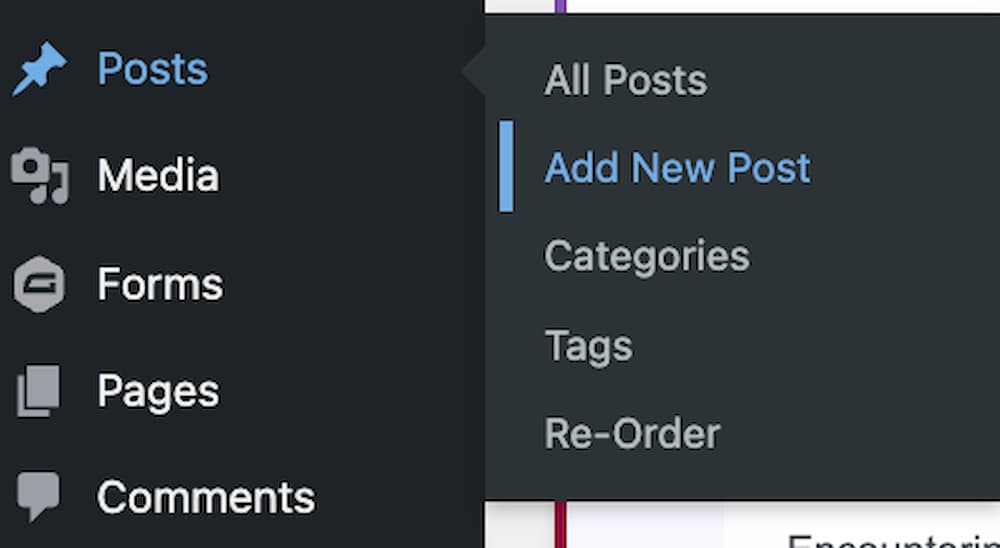Crafting Content for Success: Writing Intent, Domain Audience, and Formality
Crafting content that truly captivates and converts is a skill every digital marketer, content creator, and business owner should possess. It’s an art and science.
This guide will delve into the essential elements of Writing Intent, Domain Audience, and Formality, providing you with the insights and strategies you need to excel in content creation. Whether you’re seeking to captivate your audience, resonate with readers, or yearn for online visibility, this guide is your compass to navigate the seas of successful content creation.
Writing Intent: The Foundation of Effective Content
“Writing intent” drives effective content, shaping every word and message for your audience. Understanding and harnessing the power of writing intent will empower you to craft content that informs, engages, resonates, and ultimately drives action among your target audience.
Knowing What to Communicate
Defining your writing intent is the North Star guiding your content creation process. It’s more than just a preliminary step. It’s the foundational building block upon which you construct your content.
Picture it as setting the destination on your GPS before starting a journey – you need to know where you’re headed to plan the most efficient route.
The clarity in writing intent comes from understanding the fundamental purpose of your content – What do you want your audience to KNOW?
By pinpointing this central idea, your readers can grasp your message quickly and fully. Essentially, you’re saying, “This is what I want you to know.”

Focusing on one key idea ensures that your message stands out amidst the noise, making it more likely to capture your audience’s attention and leave a lasting impression.
Say you’re promoting a job-training event.
Without a clear writing intent, your content might veer into tangential topics, diluting your message and confusing your audience. These topics might include a detailed discussion about the history of a particular industry or the intricacies of a specific software tool or technology.
While informative, this content does not directly relate to the primary content of the job-training event promotion.
However, by crystallizing your writing intent as ‘to inform readers about the upcoming business plan training session,’ you keep your content focused and empower your readers with precisely the information they need.
This focused approach enhances comprehension and fosters engagement, increasing the likelihood that your audience will absorb the key message and take the desired action.
Eliciting Emotions
Moving beyond the mere transfer of knowledge, engaging your audience emotionally is a powerful and strategic move.
It’s not enough to provide information. You need to create an experience that resonates deeply with your readers and leaves an indelible mark on their hearts and minds.
Consider the psychology behind decision-making. It’s often driven by emotion rather than pure logic. By considering how your audience feels, you tap into this emotional wellspring, influencing their choices and actions.
For instance, in promoting eco-friendly products, your writing intent extends beyond merely informing readers about the benefits of sustainability. Instead, it strives to “make readers feel inspired and committed to sustainable living.” In doing so, you’re aiming to ignite emotions such as enthusiasm and responsibility.
Inspiration sparks action, and responsibility fosters a sense of duty.
Your content goes beyond the surface-level dissemination of facts by evoking these emotions. It motivates your audience to embrace eco-conscious choices actively. This emotional connection creates a lasting impact, as individuals are more likely to remember and act upon content that has touched their hearts.
A Call to Action
The Call to Action (CTA) is the pivotal moment in your content where you transition from simply informing or engaging your audience to actively guiding them toward a specific course of action.
Imagine your content as a well-constructed narrative. It’s like taking your readers on a captivating journey. At the climax, you provide them with a clear path forward.
Without this guiding directive, your content remains incomplete, and your readers are left wondering what’s expected of them next. This is where the CTA steps in, serving as the bridge between engagement and action.
Say you’re marketing a product. Your content may have successfully highlighted the product’s features and benefits, but without a compelling CTA like ‘Click here to purchase now,’ you’re essentially leaving your audience hanging, wondering what to do next.
An effective CTA removes any ambiguity and spells out the next steps, making it easy for your audience to follow through. It is the ignition key that propels your audience from being passive observers to active participants.
Outlining Your Writing Intent
Let’s bring the concept of crafting writing intent into practical focus.
To illustrate this process, say you’re writing a blog post promoting a health and wellness event. We’ll break down the thought process behind determining what you want your reader to Know, Feel, and ultimately, Do through a compelling Call to Action (CTA).
| What do I want my reader to: | ||
|---|---|---|
| Know | Feel | Do (CTA) |
| Pick ONE big idea that you want your reader to take away from your copy. Keep the content focused on this ONE idea. Don’t rope in more. Be sure the content is clear and easily understood. This will keep the reader’s attention. | You want to stir something inside of the reader that goes beyond logic and tugs at the feeling that fuel actions. (This is where you identify the tone of the content, which we will cover later) |
What do you want your reader to DO? If you don’t tell them what to do next, the reader will likely go elsewhere. Be clear and concise. |
| First, think about what you want your readers to learn, like the event date and location. | Next, consider how you want them to feel, maybe motivated and excited to attend. | Finally, decide what action you want them to take, such as signing up for the event. |
| Health and Fitness Event on November 18 at Main Street Communitiy Center | Motivation and Excitement | Sign up for the event |
Domain Audience: Writing for Your Niche
Understanding your Domain Audience helps you create content tailored to their needs, preferences, and pain points.
It ensures that your message reaches the right people, increasing the likelihood of engagement and resonance. Including personalization in your content forges stronger connections with your readers, making your content informative, compelling, and relatable.
Defining Your Audience
Defining your audience is like setting the stage for a compelling performance. It’s about identifying and understanding the individuals who are not just potential readers, but genuinely interested enthusiasts in your content niche.
Imagine your domain audience as a tight-knit community with distinct characteristics. You must first get to know them intimately to connect with them effectively.
This involves delving into demographics, such as age, gender, location, and other defining factors. Explore their interests, passions, and pain points.
Say you’re writing a fitness blog. Your domain audience typically comprises health-conscious individuals seeking workout tips and nutrition advice. You can tailor your content to cater precisely to their needs and preferences.

By addressing their specific concerns, answering their burning questions, and offering solutions to their challenges, you’re enhancing engagement and increasing the likelihood of conversions. Defining your Domain Audience is about creating content that speaks directly to the hearts and minds of those genuinely interested in what you have to say.
Outlining Your Audience Persona
If you’re new to content creation, you may not have a backlog of customer reviews to fall back on and give you an idea of who your audience is. Playing pretend and creating an imaginary customer can serve you greatly.
Craft a detailed persona to gain insights into your target individuals. This enables you to tailor your content with precision and engage them effectively. You’ll see a general persona outline below that you can utilize.
| Creating a Persona | |
|---|---|
| Personal Details | Male/female, married/single, kids |
| Demographics | Age, gender, education, income |
| Career Background | Job title and responsibility, skills, experience, career path |
| Career Goals | More money, more recognition, industry awards, more time |
| Personal Interests | Do they play sports? Have hobbies? |
| Attitude and values | Eco-friendly, budget-concious, status-seeker? |
| Challenges | What keeps your persona awake at night? |
| Potential bottlenecks | What could be their objections about using your product or service? |
Personalization Matters
Personalization is a game-changer in content creation, elevating it from a one-size-fits-all approach to a tailored, humanized experience. It’s about recognizing your audience as unique individuals with distinct interests, problems, and aspirations.
Imagine personalization as the secret ingredient to transforming your content from a generic message into a conversation between friends. It involves acknowledging their specific needs, concerns, and preferences.
For instance, if you’re catering to tech-savvy individuals on the hunt for the latest gadgets, offering personalized product recommendations or troubleshooting tips demonstrates that you’ve done your homework and are invested in assisting them your audience.
This personal touch connects with your audience, fostering a sense of being seen and heard. It goes beyond surface-level engagement and taps into the emotional realm. When people feel understood and valued, they are more likely to return for more of your content.
Utilize the “Know, Feel, and Do (CTA)” framework we discussed earlier, and at each stage, ask yourself, “So what?” to deepen your understanding of your Domain Audience.
| Digging Deeper into your Domain Audience’s Emotions - “So what?” | |||
|---|---|---|---|
| Know | Feel | Do | Emotional Benefit |
| You want your audience to know that you’re Health and Fitness Site. | You want them to feel motivated to try your tips. | You want them to joining your fitness classes. | Foster a profound sense of pride, joy, and love in their lives and personal relationships |
Personalization, in essence, is the key to building a loyal readership, nurturing trust, and ensuring that your audience keeps coming back for the valuable, customized experiences you provide. It’s the art of making your audience feel like more than just statistics – it’s making them feel like valued individuals.
We’ve curated a list of words commonly tied to emotions to experiment with here.
Crafting the Right Formality: Tailoring Your Tone
Crafting the right formality for your website content dictates the impression your site leaves on visitors. A tone that matches your audience’s expectations enhances the overall user experience, ensuring your content resonates effectively.
Whether you aim for a professional demeanor on a business website or a friendly, approachable tone on a personal blog, getting the formality right plays a crucial role in engaging and retaining your readers.
Understanding Formality Levels
Like in face-to-face conversations, where you adjust your tone and language depending on the situation, writing demands similar adaptability.
Formality in writing can be visualized as a spectrum, spanning from highly formal to completely informal. The critical aspect here is knowing when to navigate along this spectrum, which is contingent upon two primary factors:
- Your Audience’s Expectations
- The Purpose of your Communication
For instance, if you’re crafting a cover letter for a job application or composing an academic essay, a formal tone is not just suitable but expected. In such scenarios, formality conveys professionalism, respect, and seriousness.
Conversely, in contexts where a more personal, friendly, or relaxed atmosphere is warranted, such as writing to a close friend or contributing to a magazine with a casual tone, you’d lean towards the informal end of the spectrum.
Flexibility in choosing the right formality level is not merely a matter of preference. It’s about aligning your communication with your audience’s sensibilities and the message’s intended impact. Getting this balance right ensures that your content strikes the right chord, fostering a deeper connection with your readers and enhancing the overall effectiveness of your message.
Formal Tone Example
“Welcome to our esteemed institution’s official website. We are delighted to provide you with a comprehensive overview of our academic programs, faculty expertise, and research initiatives. Our commitment to excellence is evident in our dedication to nurturing the minds of tomorrow’s leaders. Explore our offerings and discover how you can embark on an educational journey with us.”
The formality in this content is evident through the use of complete sentences, formal language, and a professional tone. It conveys a sense of respect and authority appropriate for an official institution’s website.
Semi-Formal Tone Example
“Thank you for visiting our website. We’re excited to introduce you to our team and the services we offer. Whether you’re a small business owner or an individual seeking solutions, we’ve got you covered. Explore our range of services and get in touch with us to discuss how we can assist you in achieving your goals.”
In this semi-formal content, the language is less rigid than the formal example but maintains a professional tone. Phrases like “Thank you for visiting” and “we’ve got you covered” balance formality and approachability, making it suitable for various business and service-oriented websites.
Informal Tone Example
“Hey there! Thanks for stopping by our little corner of the internet. We’re all about creativity and fun. Take a look around and see what inspires you. Got questions or just want to chat? Drop us a message, and let’s get the conversation started!”
The informality in this content is evident in the use of casual language like “Hey there!” and the friendly, conversational tone. It’s ideal for websites that want to create a relaxed, welcoming atmosphere, such as personal blogs or sites focused on creative expression.
Your Path to Effective Content
Crafting compelling content that aligns with your website’s domain, resonates with your audience, and ranks well on search engines is an art and science. With the insights provided in this article, you’re well-equipped to optimize your content strategies and achieve your online goals.
If writing isn’t your forte, rest assured that the content experts at My Website Spot are seasoned professionals across various industries. We are dedicated to ensuring you shine in the crowd. Don’t wait! Seize the moment and contact My Website Spot now to harness the power of our content writing and SEO services.



